When Vesuvius erupted in AD 79. Rectina and her husband, who lived in a luxurious seaside villa in Herculaneum, began packing up her large library of papyri for safe keeping.
Rectina, who was a personal friend of Pliny the Elder, who at the time was across the bay at Misenum in command of the Roman fleet, sent her an urgent message requesting her help.
Pliny immediately came to the rescue, but the eruption prevented him from bringing his ship closer to shore, and he was unable to save either the library or his friend. 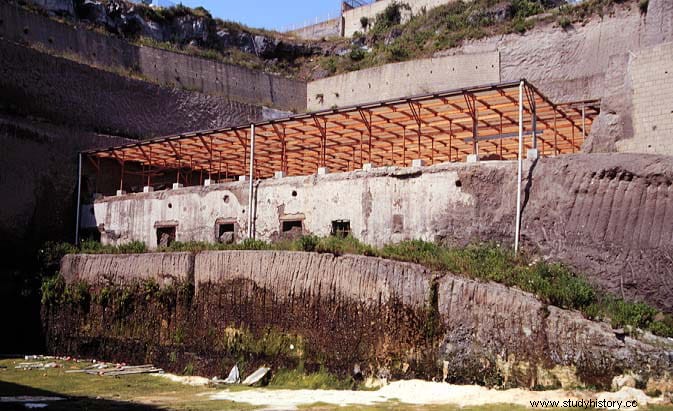
It is as Robert Harris tells it in his novel Pompeii published in 2003. And although things did not happen exactly like that, it turns out that Rectina did exist, she was a friend of Plinio and really sent him a message to come see what was happening and try to rescue the citizens who lived at the foot of the volcano .
Indeed, Pliny's ships could not approach the coast, although he was able to land, and he died shortly after. It is not known if Rectina survived, and what little is known about her is thanks to Pliny the Younger mentioning her in one of her letters. 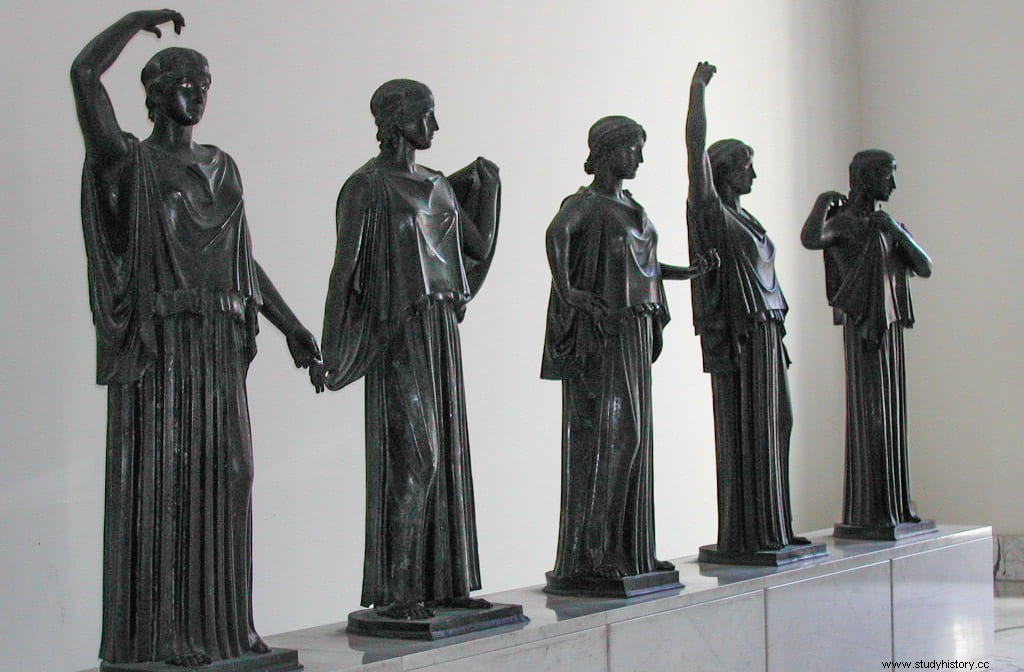
And although Rectina had nothing to do with the papyrus library, when it was found it was carefully packed in boxes, ready to be moved to a safe place.
It happened in 1750, when the Villa of the Papyri was found in Herculaneum by some farmers who were digging a well.
It is one of the most luxurious houses in the entire Roman world, in which it was found, in addition to the fabulous collection of more than 1,800 papyrus scrolls (charred by the heat of the eruption, but in some cases legible thanks to advanced technologies). modern), the largest collection of Greek and Roman art ever discovered in the same context.
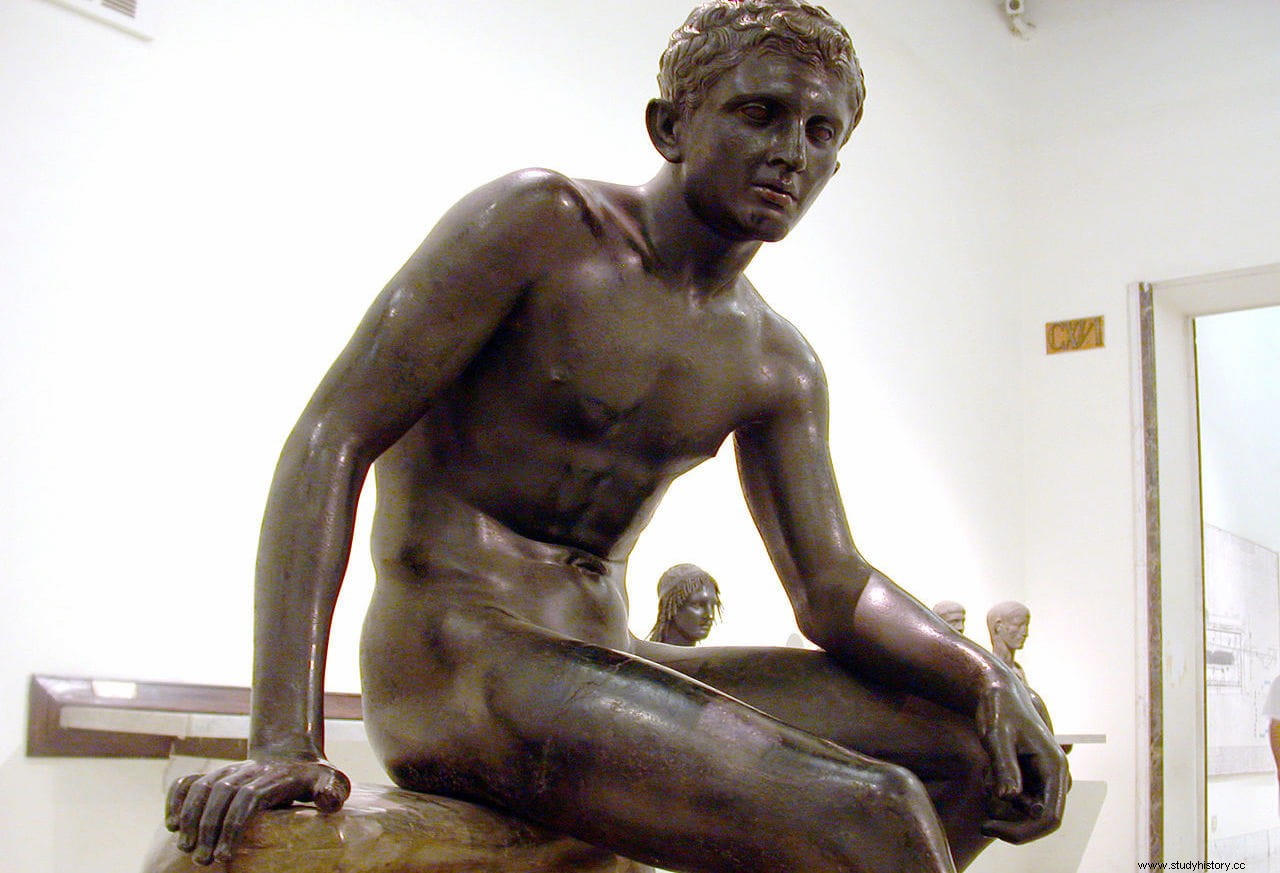
It is not known for sure to whom such a magnificent villa belonged, although experts point to Julius Caesar's father-in-law, Lucio Calpurnio Pisón Cesonino (father of Calpurnia, Caesar's last wife) or his friend, Philodemus of Gadara, an Epicurean philosopher. that he was Virgil's teacher (hypothesis based on the fact that among the papyri there were a large number of Epicurean texts, including 36 treatises by Philodemus himself).
Most of the villa is still underground, without being excavated, but it is known that it was arranged on four levels, on terraces parallel to the coastline where it extended some 250 meters long.
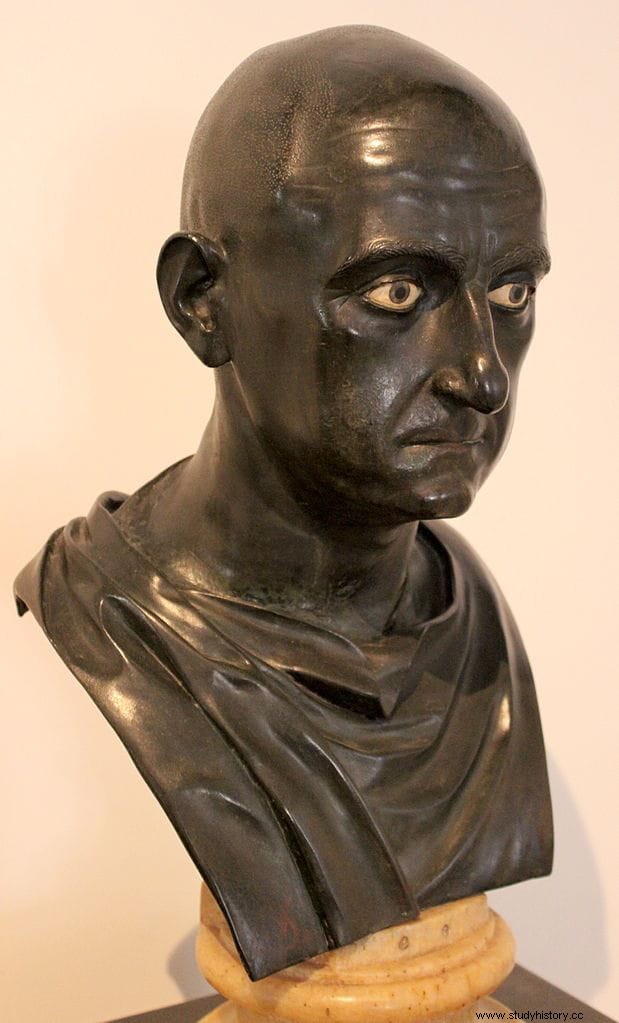
It housed a collection of at least 87 sculptures, virtually all of them masterpieces and copies of Greek works. 58 are in bronze, and the rest in marble, all made in the 1st century BC
Among them stand out a head of the Doryphorus of Polycletus, signed by the Athenian Apollonius and an Amazon by Phidias. There are also numerous busts, such as those of Aristotle, Sappho, Epicurus, Zeno and Demosthenes, as well as portraits of many Greek rulers in marble and bronze:Seleucus I, Eumenes II, Ptolemy II. Among the Romans, the famous bust of Scipio the African stands out.
A seated Hermes, five life-size statues of dancers (or water bearers) with Doric peplos sculpted in different positions and inlaid eyes, all of them bronze, and Roman copies of 5th century BC Greek originals, a version of the Athena Promachus and the famous statues of the corridors are some more of those that make up the fantastic set of works.
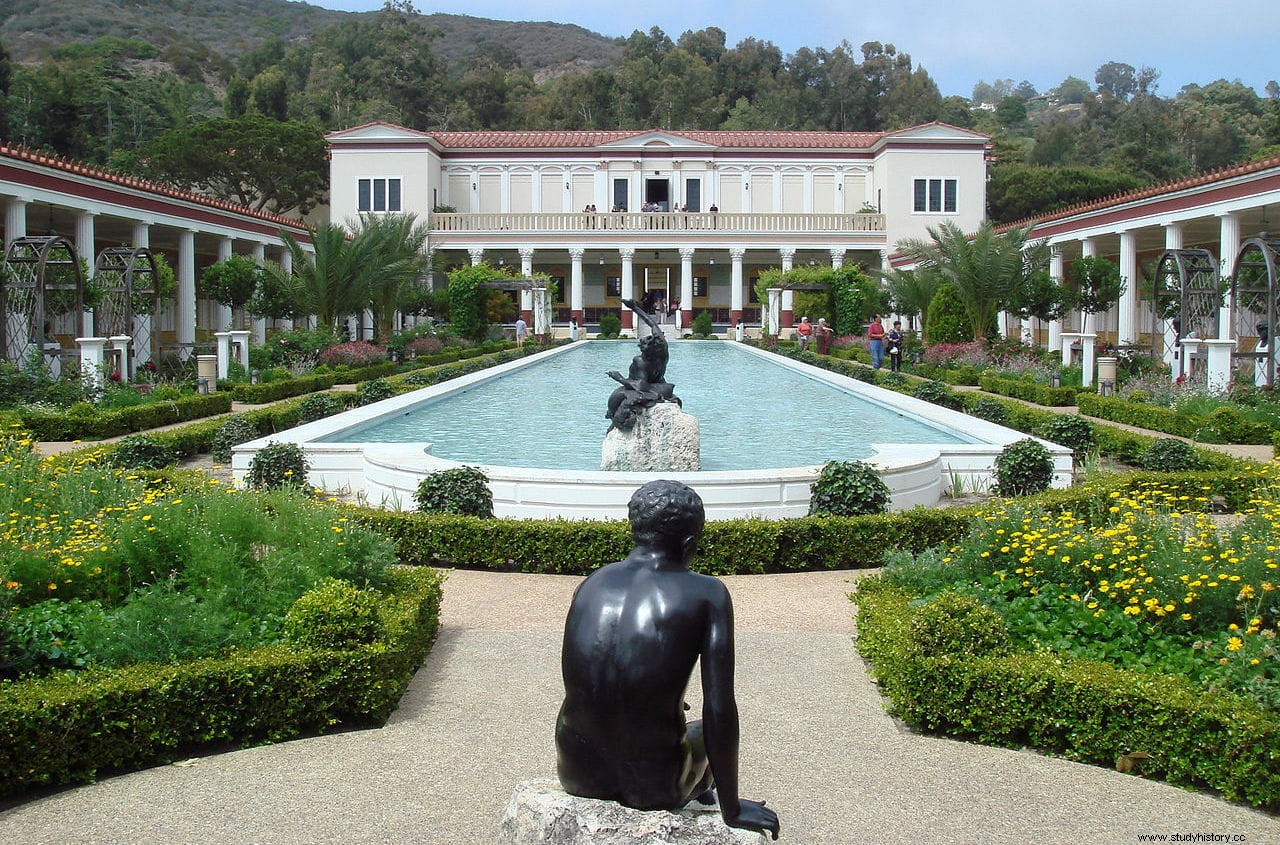
All of them are exhibited today in the National Archaeological Museum of Naples. The papyri are gradually being read with different methods.
Between 1972 and 1974, billionaire J. Paul Getty had a replica of the Villa of the Papyri built on his Malibu ranch, just as archaeologists then thought it would be. Since most of the villa has not yet been excavated, many architectural details and decorative elements were taken from other Roman houses in Pompeii and Herculaneum. Until 1997 it housed the Getty Museum.
